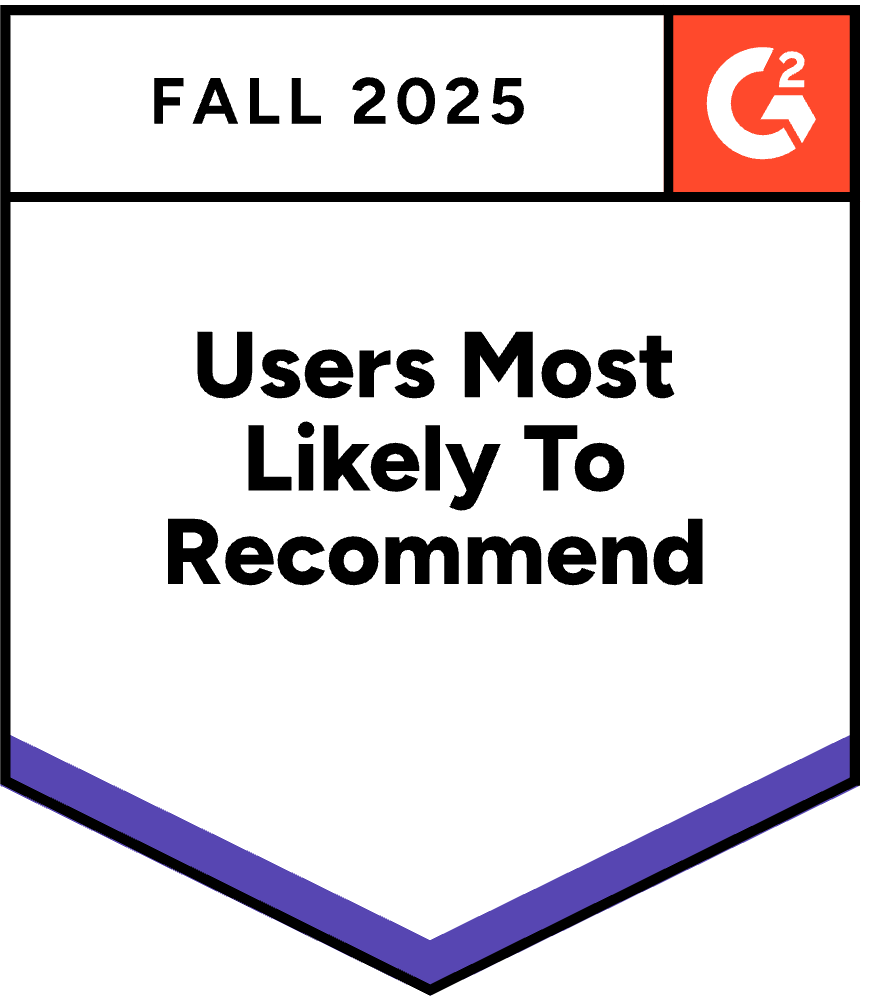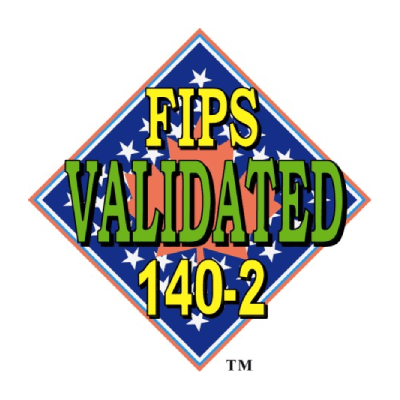Posted by Refael Angel
September 9, 2025
The August 2025 Salesforce-Drift OAuth attack sent shockwaves through the cybersecurity world, exposing sensitive data from over 700 organizations by exploiting compromised OAuth tokens. This supply chain breach underscored a critical vulnerability: poorly managed secrets, like OAuth tokens, can become gateways for attackers to infiltrate interconnected SaaS ecosystems. Akeyless, a cutting-edge secrets management platform, strengthens OAuth security by securing, rotating, and monitoring credentials with zero-trust principles. In this blog post, we’ll dive into how Akeyless can safeguard your organization against similar threats.
The OAuth Threat Landscape and the Salesforce-Drift Attack
OAuth tokens enable seamless integrations between platforms like Salesforce and third-party apps such as Drift. However, as seen in the Salesforce-Drift attack, stolen tokens allowed attackers to bypass multi-factor authentication (MFA) and extract sensitive data, including customer details and credentials, using automated tools. The root issue? Static, long-lived tokens stored insecurely and a lack of centralized governance. Akeyless addresses OAuth token security risks head-on with a comprehensive approach to secrets management.
Centralized Secrets Management: Locking Down OAuth Tokens
Akeyless provides a secure, cloud-native vault to store all secrets, OAuth tokens, API keys, passwords, and more, using zero-knowledge encryption. This Zero-Knowledge model, powered by patented Distributed Fragments Cryptography (DFC), ensures that encryption keys are never fully assembled or exposed, giving customers exclusive control, even in SaaS environments. This ensures that even Akeyless itself cannot access your sensitive data, mitigating risks from insider threats or platform breaches. Unlike traditional storage methods where tokens might linger in app configurations or codebases, Akeyless replaces fragmented tools with a unified secrets and machine identity platform, offering centralized visibility, lifecycle automation, and secure access control across all environments. Akeyless centralizes secrets in a tamper-proof environment, reducing the sprawl that made the Drift integration vulnerable.
By consolidating OAuth tokens under Akeyless, organizations not only close the gaps exposed in the Salesforce-Drift attack but also gain stronger OAuth security across Salesforce and other SaaS platforms.
Dynamic Rotation: Neutralizing Stolen Tokens
Static tokens are a hacker’s dream, as demonstrated when attackers used stolen Drift tokens for days. Akeyless’s automated secret rotation eliminates this risk by regularly generating new tokens and revoking old ones based on customizable policies. For example, you can set tokens to rotate every few hours, rendering stolen credentials useless before attackers can act. Rotation policies are customizable per secret type, API keys, OAuth tokens, TLS certificates, database passwords, and fully automated across hybrid and multi-cloud environments.
Akeyless seamlessly integrates with SaaS platforms and CI/CD pipelines, updating tokens across systems like Salesforce without manual intervention. This automation would have disrupted the Salesforce-Drift attackers’ ability to maintain persistent access, effectively slamming the door on their data exfiltration efforts.
Just-in-Time Access: Reducing OAuth Token Risk
Akeyless’s just-in-time (JIT) access model takes zero-trust to the next level. This enforces Zero Standing Privileges (ZSP), ensuring no credentials exist by default, they are generated dynamically, scoped to policy, and expire automatically. Instead of issuing long-lived OAuth tokens, Akeyless provisions ephemeral credentials that exist only for the duration of a session. Applications or users authenticate through Akeyless, receive temporary tokens, and lose access once the task is complete. This just-in-time approach enhances OAuth token security by ensuring secrets are never left standing for attackers to exploit.
In the context of the Drift attack, JIT access would have limited the attackers’ window to mere minutes, preventing the bulk queries that extracted sensitive data. This approach ensures that even if a third-party app like Drift is compromised, the impact is contained. JIT access is available for both human users and non-human identities (NHIs), including CI/CD pipelines, microservices, and AI agents.
Real-Time Monitoring and Auditing: Catching Threats Early
The Salesforce-Drift attack went unnoticed until significant damage was done, partly due to inadequate monitoring of non-human identities (NHIs). Akeyless provides granular visibility into secret usage, logging every access attempt and generating immutable audit trails. Suspicious activities, like bulk API queries from unusual IPs, as seen in the attack, trigger real-time alerts when integrated with SIEM tools. Every secret access is logged in tamper-proof audit trails and can be forwarded to SIEMs like Splunk, Datadog, and ELK, supporting forensic analysis and continuous compliance.
By monitoring OAuth token usage in real time, Akeyless strengthens OAuth token security, helping organizations detect anomalies early and respond rapidly to potential breaches. This proactive stance contrasts with the reactive log reviews conducted post-attack in the Drift incident.
Supply Chain Security: Protecting the Ecosystem
The Drift breach was a supply chain attack, exploiting a trusted third-party integration to access Salesforce and beyond. Akeyless secures the entire pipeline by managing secrets across development, testing, and production environments. This includes support for GitOps workflows, Terraform provisioning, and secure token injection into CI/CD tools like Kubernetes and GitHub Actions, without ever hardcoding credentials or exposing them in repositories.
For organizations using multiple SaaS apps, Akeyless’s centralized platform provides visibility into all NHIs, reducing the risk of a single compromised integration, like Drift, cascading into a broader breach.
Compliance Made Simple
Akeyless aligns with compliance standards like SOC 2, ISO 27001, and GDPR, offering built-in tools to enforce least privilege and audit access. The platform also simplifies key management, token rotation, and certificate lifecycle enforcement, giving enterprises a practical way to operationalize compliance requirements across PCI DSS, HIPAA, DORA, and NYDFS. This ensures that OAuth tokens and other secrets are managed securely and in line with regulatory requirements, helping organizations avoid penalties while reducing the risks highlighted by the Salesforce-Drift attack.
Why Akeyless for OAuth Security?
- Zero-Knowledge Encryption: Secrets remain inaccessible to Akeyless or attackers.
- Automated Rotation: Neutralizes stolen tokens with frequent, seamless updates.
- Just In Time Access: Limits token lifespans to minimize exposure.
- Zero Standing Privileges: Enforce least privilege with ephemeral credentials and JIT access.
- Secretless Authentication: Eliminate embedded secrets using OIDC, IAM roles, and workload identity federation.
- Comprehensive Auditing: Detects and responds to threats in real time.
- Supply Chain Protection: Secures third-party integrations end-to-end.
Together, these capabilities define the Akeyless approach to OAuth security. They protect tokens, prevent misuse, and close the gaps exploited in the Salesforce-Drift attack.
Conclusion: Stay Ahead of the Next Attack
The Salesforce-Drift OAuth attack exposed the fragility of SaaS ecosystems, but it also highlighted a path forward. Akeyless empowers organizations to secure OAuth tokens, automate their lifecycle, and monitor their usage, to prevent supply chain compromises like the one that affected hundreds of companies in 2025.
By adopting OAuth security with Akeyless, you can transform vulnerabilities into strengths to ensure your data stays safe no matter how interconnected your tools become. Built for scale, compliance, and security-first architectures, Akeyless helps enterprises consolidate fragmented tooling, eliminate credential sprawl, and enforce Zero Trust in SaaS and DevOps environments.
Ready to fortify your defenses? Discover Akeyless at Akeyless.io and take control of your secrets today.
Request a Demo to see how Akeyless helps eliminate the very risks exploited in this campaign.
FAQs
OAuth tokens are often static, long-lived, and stored insecurely. If stolen, attackers can bypass MFA and gain persistent access, as seen in the Salesforce-Drift attack.
Akeyless secures tokens with centralized vaulting, automated rotation, just-in-time access, and real-time monitoring to prevent unauthorized use.
Yes. Akeyless OAuth security would have reduced the attackers’ window of opportunity by rotating tokens, enforcing ephemeral credentials, and detecting anomalies early.













